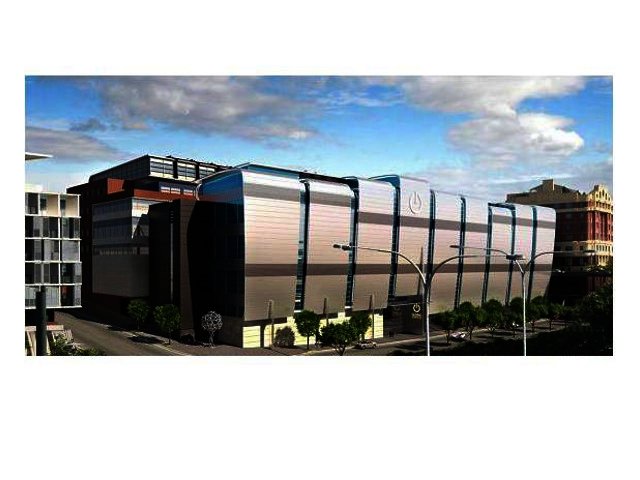“Data centres are renowned energy guzzlers, consuming 3% of all global energy production and roughly 10 times more energy per square metre than the average office. With all the negative attention that data centres receive regarding their energy consumption, few people realise that they are currently driving huge gains in the sustainability sector,” says Aurecon Associate Matt Gurr.
“Most people wouldn’t expect to see sustainability benefits from their data centre resources. Everyone knows that they can be power hungry beasts but many companies are making strides in creating more energy-efficient environments. Data centres are actually moving away from being a resource that needs to be managed to a part of a business that can drive sustainability efforts,” says Gurr.
In many cases, it’s older, legacy data centres that are energy guzzlers but these facilities are a far cry from the modern ones that are designed and built today. Newer data centres are built to be highly energy efficient and offer low energy wastage – and they can play a substantial role in replacing existing ones and driving sustainability efforts.
“Old data centres often run on 10-15 year old equipment and their mechanical systems, IT equipment and configuration, consume a lot of energy. In many cases, a modern data centre or a colocation facility would make economic sense for a client in terms of energy savings,” says Gurr.
A metric that is used to assess the energy efficiency of a data centre is Power Usage Effectiveness (PUE), which is an indication of how much power is used by the IT equipment versus the power that is needed to support this equipment. The higher the PUE number, the less efficient the data centre.
“In legacy data centres, more power is often used than the IT equipment needs. In some instances, double the amount of energy is used than is inherently required by the IT systems. With rising energy costs, it will often make financial sense to build a new, efficient facility which could also help a client achieve their sustainability goals,” contends Gurr.
For some businesses, building a new data centre might be the right choice but colocation facilities (which provide security and networking, as well as the space for clients to install the hardware they need) offer convenient, cost-effective ways to run a data centre.
“Colocation facilities are often substantially cheaper than building and operating a data centre. Many risks are also avoided by opting for a colocation facility and, as they are much newer, they will be more energy efficient,” he says.
Not only are there many financial and business benefits, but the benefit to the environment as a whole is substantial.
Aurecon has been involved in a number of colocation data centre facilities where energy efficiency and sustainability were core drivers of the project. The company was engaged to develop designs for the Global Switch Sydney East data centre, which is targeting a LEED Gold rating to demonstrate its commitment to sustainability.
“Once fully occupied, the new Global Switch Sydney East data centre will offer reductions in CO2 emissions of 130 000 tonnes per year compared with typical legacy facilities of the same capacity. That’s the equivalent of removing 25 000 cars from the road each year. This is a typical example of CO2 emission reduction that you would see from a large, colocation facility,” says Gurr. “That’s a huge beneficial impact on the environment.”
Partnering with an engineering consultancy that understands modern, energy-efficient data centre design is key to making long-term, sustainable decisions and playing a vital role in green initiatives.





